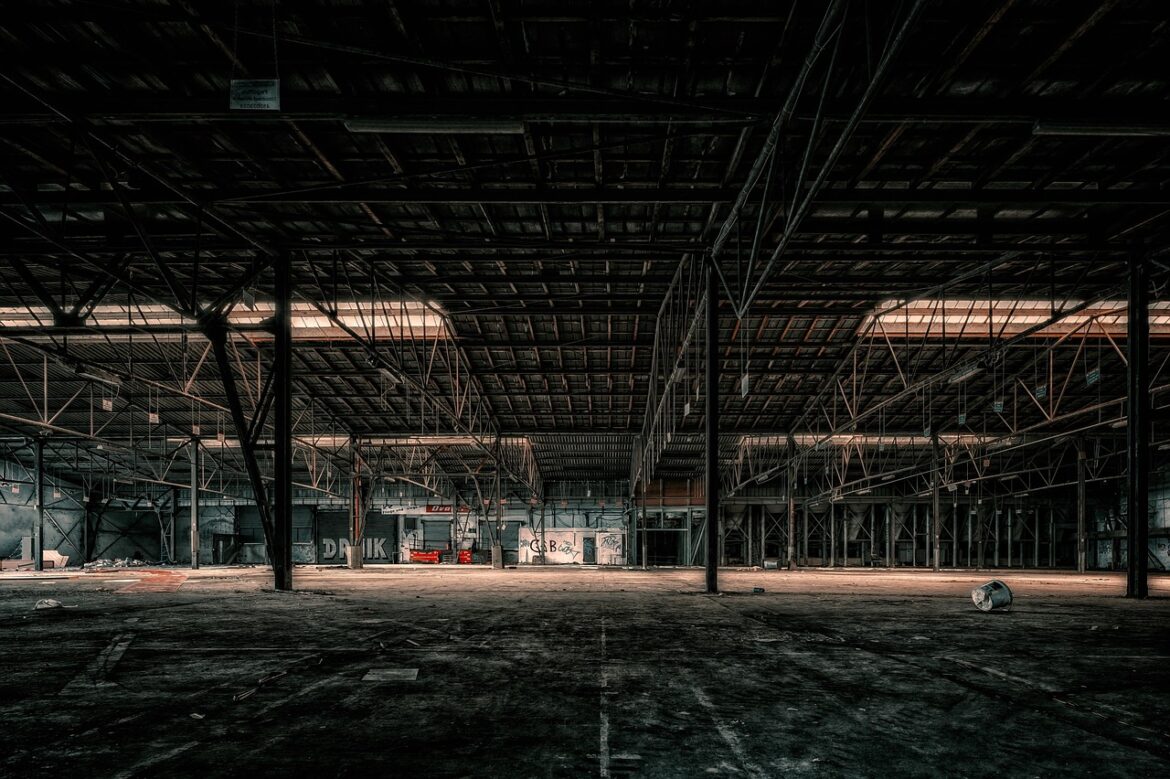If you’ve marveled at how your online order arrives faster than your morning coffee or wondered why businesses today seem to dodge supply chain disasters like seasoned stunt drivers, you’re not alone. In 2025, a handful of practical, trend-setting innovations—many as real as the tablet in your hand—are reshaping supply chains from the inside out. And the story isn’t just about flashy tech jargon; it’s about real companies, real workers, and real results.
1. Warehouse Robots: The New Workforce Imagine a warehouse that never sleeps, where pallets shuffle themselves, boxes auto-sort, and ‘staff’ never call in sick. That’s happening today, thanks to a flood of warehouse robotics. In the face of tight labor markets and soaring wages, companies are rolling out autonomous forklifts and sorting arms at lightning speed. For example, JD.com’s fully automated warehouses in China showcase what’s possible: one facility can now sort 200,000 packages a day, with a speed and accuracy rate that, frankly, makes humans look like slow-loading software updates. The best part? These robots also tally up major safety wins—fewer accidents and a cleaner, less chaotic shop floor.
2. AI-Powered Shipment Tracking: Never Lose Sight Again Gone are the days of radio silence once a package left the loading dock. Thanks to AI and IoT hubs, logistics pros can now track not just where a box is, but also whether it’s overheating, getting knocked around, or at risk of missing its delivery window. Picture a pharmaceutical shipment crossing the Atlantic, its condition monitored in real time by weatherproof sensors. If something goes wrong—say, a temperature spike—an alert goes out faster than a social media scandal.
3. Predictive Analytics: Dodging Disasters Before They Strike In 2025, supply chain pros are less firefighters and more weather forecasters. Platforms with built-in predictive analytics sniff out risks (think labor strikes, port closures, or bad weather) and nudge teams to reroute cargo before delays hit. Medtech companies are reporting up to 30% less inventory waste—because why stockpile if you know exactly when the next shipment is coming?
4. Real-Time Customs Clearance: Bypassing the Red Tape Hold-ups at customs? Not anymore. Today’s AI-driven systems pre-clear goods before they arrive at the border, slashing wait times by nearly a third. For importers channeling goods from Shanghai to Los Angeles, this can mean the difference between arriving just in time for a hot deal or missing it entirely.
5. Control Towers: End-to-End Supply Chain Helicopters Think of these as mission control for your entire supply chain, where every shipment, warehouse, and truck is visible on a single dashboard. Companies using these AI-powered command centers can spot bottlenecks and order delays with the speed of a video game, turning what used to be supply chain chaos into a finely-tuned orchestra.
Bottom line: 2025’s supply chain is less about theory and more about action. Companies that stay ahead aren’t just watching trends—they’re grabbing real-world results off the warehouse floor and the loading dock.
References:
- https://www.inboundlogistics.com/articles/how-is-ai-transforming-supply-chain-operations/
- https://www.logisticsmgmt.com/article/2025_logistics_technology_roundtable_ai_automation_and_the_future_of_supply_chain_innovation
- https://networkon.io/resources/blog/logistics-industry-2025-trends-technologies-and-transformative-examples/
- https://www.intellitrans.com/2025/05/06/intellitrans-recognized-as-a-top-100-logistics-supply-chain-technology-provider-for-2025/
- https://dedola.com/2025/05/game-changers-in-2025-what-high-value-importers-should-know/
- https://pmc.ncbi.nlm.nih.gov/articles/PMC12040155/
- https://batdacademy.com/en/post/top-7-supply-chain-trends-in-the-future
- https://www.servicenow.com/docs/bundle/yokohama-prbrn/page/release-notes/dfrn2-yokohama-onebundle/PRBs-X04.02-Y03.00.html



